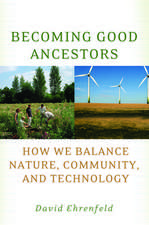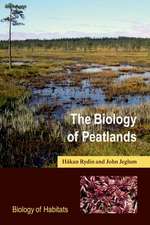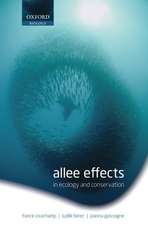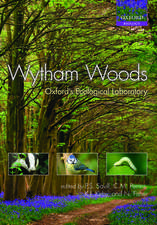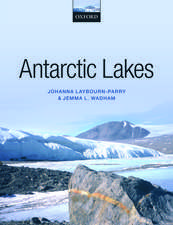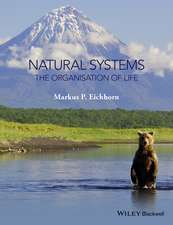The Biology of Peatlands, 2e
Autor Håkan Rydin, John K. Jeglumen Limba Engleză Paperback – 18 iul 2013
| Toate formatele și edițiile | Preț | Express |
|---|---|---|
| Paperback (1) | 447.01 lei 32-37 zile | |
| Oxford University Press – 18 iul 2013 | 447.01 lei 32-37 zile | |
| Hardback (1) | 896.13 lei 32-37 zile | |
| OUP OXFORD – 18 iul 2013 | 896.13 lei 32-37 zile |
Preț: 447.01 lei
Preț vechi: 509.91 lei
-12% Nou
Puncte Express: 671
Preț estimativ în valută:
85.54€ • 89.49$ • 71.05£
85.54€ • 89.49$ • 71.05£
Carte tipărită la comandă
Livrare economică 24-29 martie
Preluare comenzi: 021 569.72.76
Specificații
ISBN-13: 9780199603008
ISBN-10: 0199603006
Pagini: 398
Dimensiuni: 167 x 233 x 21 mm
Greutate: 0.69 kg
Ediția:Revised
Editura: Oxford University Press
Colecția OUP Oxford
Locul publicării:Oxford, United Kingdom
ISBN-10: 0199603006
Pagini: 398
Dimensiuni: 167 x 233 x 21 mm
Greutate: 0.69 kg
Ediția:Revised
Editura: Oxford University Press
Colecția OUP Oxford
Locul publicării:Oxford, United Kingdom
Notă biografică
Håkan Rydin is a Professor in Plant Ecology at Uppsala University, where he teaches ecology courses. His research focusses on the ecology of peatlands and the biology of bryophytes, both in peatlands and in other ecosystems. Over the years he has used peatlands to discuss ecological topics such as plant community structure, succession, and vegetation dynamics. His studies on the peat mosses (Sphagnum) cover ecophysiology, competition, niche relations, and dispersal. In more applied projects, he has dealt with the effects of nitrogen deposition and increased levels of carbon dioxide on mire ecosystems across Europe, and also worked with experiments on the restoration of drained peatlands.John Jeglum is a retired Professor in Forest Peatland Science at the Swedish University of Agricultural Sciences in Umeå, where he taught wetland ecology and peatland forestry. His research deals with forest and peatland succession, and GIS analysis of peatland distribution in relation to state factors. Previously, he was a Research Scientist with the Canadian Forest Service in Sault Ste. Marie, Ontario. His projects included wetland and forest ecosystem classification, multivariate analysis of ecological data, natural regeneration of black spruce (Picea mariana) by strip clearcutting, forest drainage, and best forestry practices. He has studied peatlands in Canada (Saskatchewan, Ontario, Hudson-James Bay Lowlands), Sweden, Finland, and Ireland.


